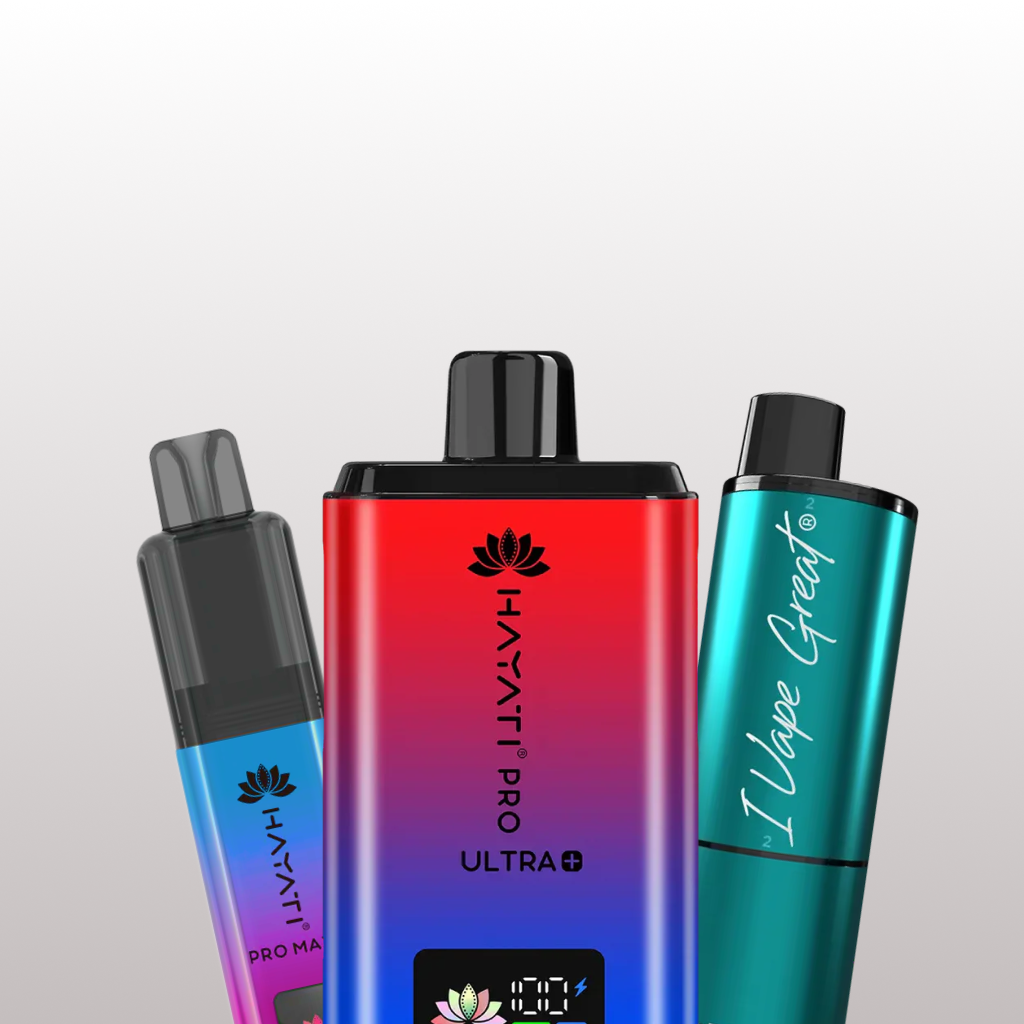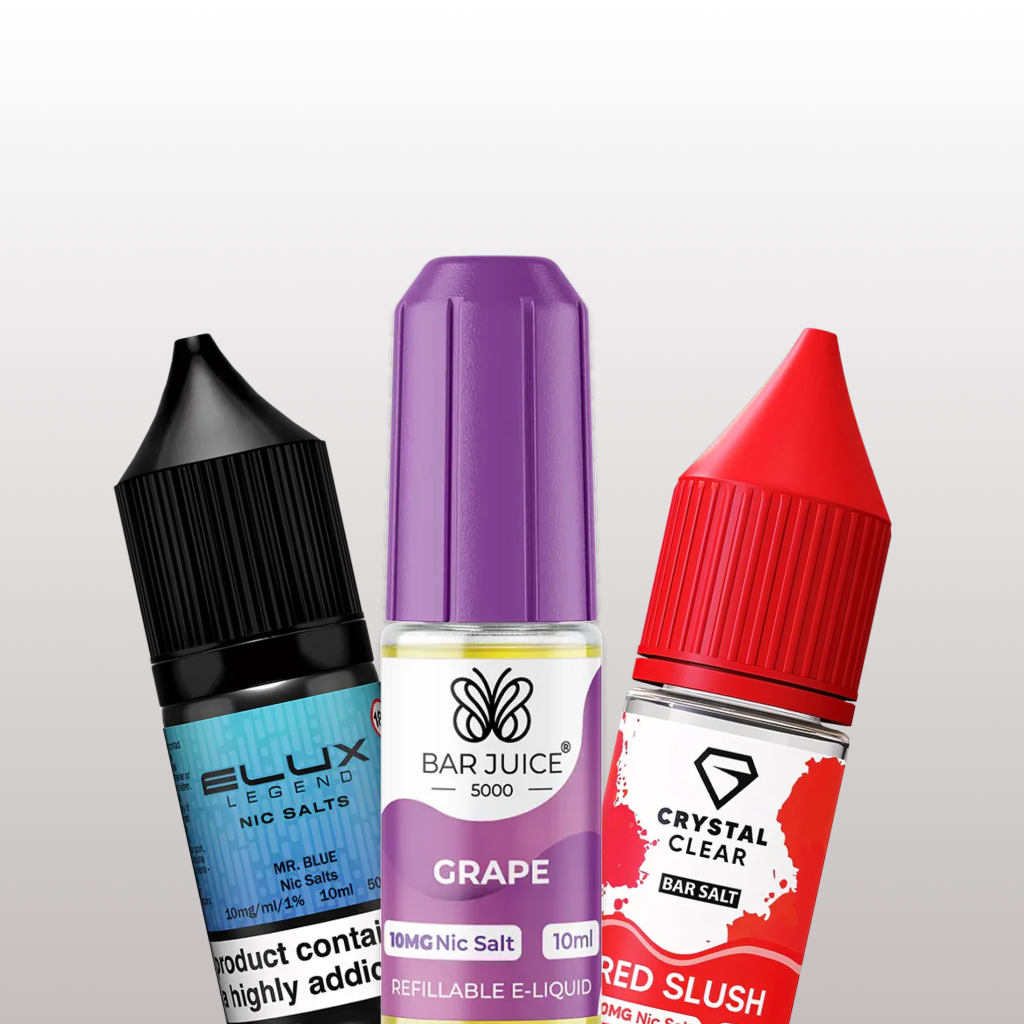A Practical Guide to Going Smoke-Free in the UK (and Why Vaping Can Help

Estimated Read Time: 4 minutes
Let's be honest. The thought of quitting smoking can feel like planning to climb a mountain in your slippers. It seems monumental, overwhelming, and for many, downright impossible. You know the risks, you’ve heard the statistics—in 2023, around 6 million adults in the UK still smoked—and yet, that powerful urge remains.
You might be asking yourself:
- How can I possibly quit smoking, especially if I've tried before?
- What really happens to my body when I stop?
- Is it possible to quit instantly, or is that just a myth?
- What's the truth about switching to vaping? Is it just trading one problem for another?
- How do I quit smoking naturally, without relying on medication?
This isn't just another lecture. This is a practical roadmap. We’ll walk through the raw reality of quitting, the incredible changes your body undergoes, and the proven strategies—including vaping—that are helping thousands of Brits become permanently smoke-free.
Why Is Quitting Smoking So Incredibly Difficult?
Before we talk solutions, let's validate the struggle. Quitting is hard because you're fighting a war on two fronts:
-
The Physical Addiction: Nicotine is a powerful, fast-acting drug. When you smoke, nicotine hits your brain in seconds, releasing dopamine—a chemical that makes you feel good. When that level drops, your body screams for another hit, leading to intense cravings, irritability, and anxiety. This is a real, physical dependency.
- The Psychological Habit (The Ritual): It’s the morning coffee and a cigarette. The break at work. The one you have with a drink. The "de-stress" cigarette after a long day. These rituals become deeply ingrained in our daily lives. Breaking these habits can feel like losing a part of your routine and identity, which is often as challenging as beating the chemical addiction itself.
Understanding this dual challenge is the first step. You're not weak for finding it difficult; you're human, and you're up against a formidable opponent.
What Happens When You Quit Smoking? The Timeline Your Body Thanks You For
The moment you stub out your last cigarette, your body begins a remarkable process of repair. This isn’t abstract—it's a real, tangible timeline of recovery.
|
Time Since Quitting |
Key Health Changes (per NHS, Cancer Research UK) |
|
20 Minutes |
Heart rate and blood pressure start to normalise |
|
12 Hours |
Carbon monoxide level in blood drops to normal |
|
48 Hours |
Nicotine cleared; senses of taste and smell improve |
|
2 Weeks–3 Months |
Circulation and lung function improve noticeably |
|
1 Month |
Less coughing, easier breathing, more energy |
|
9 Months |
Lungs have healed substantially |
|
1 Year |
Heart disease risk drops significantly |
|
10 Years |
Risk of lung cancer is halved compared to a smoker |
How to Quit Smoking: Finding Your Strategy
There's no single "magic bullet." The best method is the one that works for you. Let's explore the main paths people take.
Quitting Naturally & Cold Turkey
This approach involves stopping abruptly without any nicotine replacement. It has the benefit of a clean break but can be the most challenging due to intense withdrawal symptoms.
To succeed with this method, you need a rock-solid support system:
- Mindset Shift: Focus on your "why." Write it down. Is it for your health, your family, your finances? Keep that reason visible.
- Change Your Routine: If you smoke with your morning coffee, drink tea instead or go for a walk. Break the associations.
- Support Network: Tell your friends, family, and colleagues. Ask them for patience and support. Use apps like the NHS Quit Smoking App to track progress and stay motivated.
- Manage Cravings: When a craving hits (it usually lasts 5-10 minutes), have a plan. Drink a glass of water, do a few quick exercises, call a friend, or practice deep breathing.
Quitting with Vaping: The Modern Approach to Harm Reduction
This is where we address the big question: what happens when you quit smoking and start vaping?
For many, this is the single most effective strategy. Here’s the unfiltered truth, based on UK health guidance.
Is Vaping Really Safer Than Smoking?
In a word: yes. Public Health England and the Royal College of Physicians have been clear: while not 100% risk-free, vaping is significantly less harmful than smoking. The old "95% safer" figure from the NHS highlighted a key difference: the danger is in the smoke, not the nicotine.
- No Combustion: Vapes heat a liquid (e-liquid) into a vapour. Cigarettes burn tobacco. This burning process creates over 5,000 chemicals, including tar and carbon monoxide—the primary agents behind cancer and heart disease. Vaping eliminates these two culprits entirely.
- Drastically Lower Toxin Exposure: Research from King’s College London confirms that people who switch from smoking to vaping have dramatically lower levels of cancer-causing chemicals in their bodies.
Why is Vaping So Effective for Quitting?
Vaping succeeds where other methods sometimes fail because it tackles both the physical and psychological sides of the addiction:
- It Satisfies Nicotine Cravings: E-liquids, particularly those with nicotine salts, deliver nicotine to your system almost as quickly as a cigarette, effectively silencing withdrawal symptoms
- It Mimics the Habit: The hand-to-mouth action, the act of inhaling, and the "throat hit" sensation replicate the ritual of smoking that so many people miss.
Addressing Common Vaping Fears:
- 'Popcorn Lung': This is a persistent myth. The condition is linked to a chemical called diacetyl, which has been banned in e-liquids in the UK since 2016. There are zero confirmed cases of popcorn lung from vaping in the UK.
- 'We Don't Know What's In Them': All legal vape products sold in the UK must be registered with the Medicines and Healthcare products Regulatory Agency (MHRA). This means ingredients are declared and regulated. Always buy from a reputable UK vendor to avoid dangerous, unregulated products.
- 'Nicotine Causes Cancer': This is false. Nicotine is the addictive substance, but it is the thousands of other chemicals in tobacco smoke that cause cancer.
How to Start Vaping to Quit Smoking:
- Choose a Simple Kit: Don't get overwhelmed. Start with a prefilled pod kit. Following the UK's ban on disposable vapes in June 2025, these have become the go-to for beginners. They are rechargeable, easy to use (just pop in a pod), and offer a huge range of flavours from trusted brands like Elf Bar, Lost Mary, and Hayati Vape.
- Get the Right Nicotine Strength: To successfully switch, you need to match your old habit. For a heavy smoker (15+ per day), start with the highest strength available, typically 20mg (or 2%) nicotine salt e-liquid. This will give you the satisfying hit you need to stay off cigarettes.
- Taper Down Over Time: The ultimate goal is to be free from nicotine entirely. Once you are comfortably smoke-free, you can gradually reduce your nicotine strength over months: from 20mg to 10mg, then to 5mg, and finally to 0mg. This is a level of control that smoking never offers.
A Note on Quitting Smoking Cannabis
Quitting cannabis mixed with tobacco presents a unique challenge. You're tackling two habits. The strategies are similar—set a date, get support, change your environment—but consider separating the two. Many find success by first switching to vaping nicotine to break the tobacco dependency, before then addressing their cannabis use separately.
Your 5-Step Battle Plan for a Smoke-Free Life
Feeling ready? Here’s your plan.
- Name Your 'Why' & Set a Quit Date: What is your single biggest reason for quitting? Write it down. Now, pick a date within the next two weeks. A firm date turns a vague wish into a concrete goal.
- Assemble Your Support System: Tell someone you trust. Download a quit-smoking app. Contact the free NHS Smokefree service. You are more likely to succeed with backup.
- Choose Your Weapon: Decide on your strategy. Will you go cold turkey, or will you use a tool like vaping? If you choose vaping, get your beginner-friendly kit and high-strength e-liquid before your quit date so you're prepared.
- Prepare for Cravings: Know your triggers. If stress is a trigger, find a new 5-minute stress-relief technique (e.g., a mindfulness app, a short walk). Have sugar-free gum, healthy snacks, and a bottle of water on hand.
- Track Your Wins & Reward Yourself: Every day without a cigarette is a victory. Track your progress with an app. After one week, treat yourself with some of the money you've saved. After a month, do something bigger. Celebrate every milestone.
You Can Do This
Quitting smoking is not about erasing a habit; it's about writing a new, healthier chapter for your life. It's a journey of reclaiming your health, your senses, and your finances.
Switching to a less harmful alternative like vaping isn't a sign of failure—it's a pragmatic, evidence-based strategy for success. It’s about harm reduction. By being informed, preparing yourself, and leaning on the right tools and support, the "impossible" becomes achievable.
Your smoke-free future starts with the next decision you make. Take the first step today.



